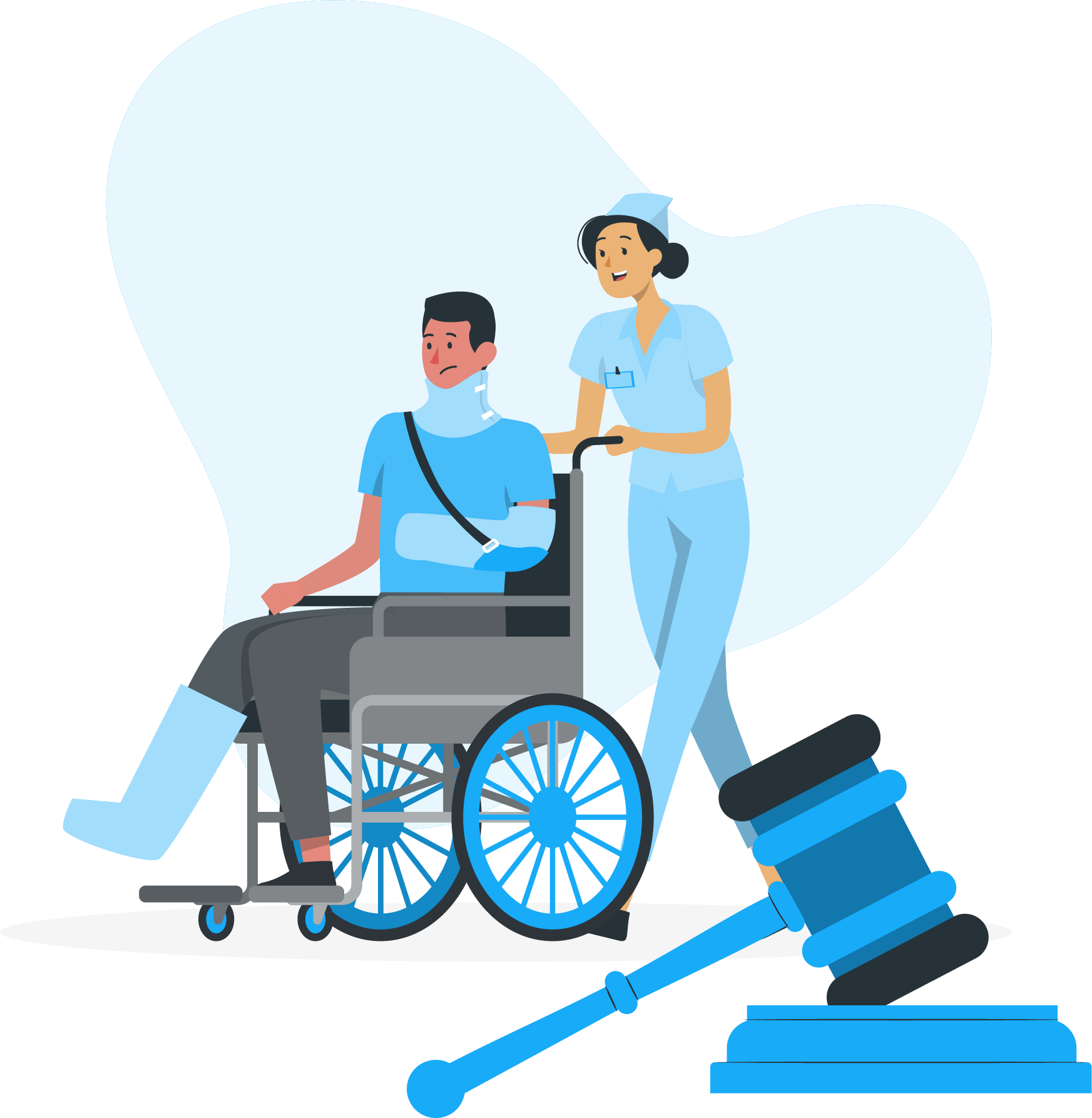The Evidence You’ll Need for a Successful Nursing Home Neglect Claim
No one expects their loved one to suffer in a nursing home. These facilities should provide care, safety, and dignity.
However, neglect happens, leaving residents in pain and distress. Gathering the proper evidence is key to holding the facility accountable if you suspect neglect.
A strong case depends on proof. When there is clear evidence proving nursing home neglect, legal action becomes more manageable. Understanding what evidence matters can make all the difference.

Medical Records and Health Documentation
Medical records are one of the most critical pieces of evidence. They show a resident’s condition, treatments, and any signs of neglect.
- Look for unexplained injuries, dehydration, or malnutrition in medical charts.
- Medication logs can expose missed doses or incorrect prescriptions.
- A doctor’s report can confirm that an injury or illness resulted from neglect.
According to the National Center on Elder Abuse (NCEA), about 95% of nursing home residents have experienced neglect or seen others suffer. Medical documents help prove these cases.
Photographic and Video Evidence
Visual evidence can be robust in proving neglect. Clear, time-stamped images or videos can show injuries, poor hygiene, or unsafe living conditions.
- Take photos of bedsores, bruises, or untreated wounds.
- Record unclean rooms, spoiled food, or lack of staff attention.
- If legal in your area, use security camera footage for proof.
These visuals provide undeniable proof of a resident’s suffering.
Witness Testimonies
Firsthand accounts strengthen any claim. Statements from different sources paint a complete picture of what happened.
- The resident’s testimony (if possible) gives a personal view of the neglect.
- Other residents may have seen poor treatment and can provide valuable insight.
- Family members or visitors who notice problems can also help.
- Former or current staff members might reveal issues like understaffing or poor training.
Multiple witnesses make a case more credible and more complicated to dismiss.
Facility Records and Reports
A nursing home’s internal records can expose neglect. These documents can highlight patterns of misconduct.
- Staff schedules might reveal an understaffed facility, leading to neglect.
- Incident reports can confirm previous complaints.
- State inspection records may show past violations or fines.
According to the Centers for Medicare & Medicaid Services (CMS), over 20% of U.S. nursing homes have been cited for serious safety violations. Checking facility records can reveal a pattern of neglect.
Financial Records
Neglect is not always physical; financial exploitation is also common. Reviewing financial records can uncover suspicious activity.
- Check for unauthorized withdrawals or strange credit card charges.
- Look for missing personal belongings.
- Review billing statements for overcharges or unnecessary services.
Financial abuse often accompanies other forms of neglect. Documenting it strengthens the case.
Expert Testimony
Sometimes, professional opinions are needed to explain the extent of neglect. Experts help validate claims and provide clarity in legal cases.
- A medical expert can confirm that the injuries resulted from neglect.
- Nursing home industry professionals can explain proper care standards.
- Legal experts can interpret laws and regulations related to nursing home care.
Their testimony adds weight to a claim, making it harder to dispute.
Communication Records
Documentation of complaints and responses (or lack thereof) can be helpful. These records show attempts to address concerns before legal action.
- Keep emails, letters, or texts between family members and nursing home staff.
- Record any formal complaints filed with the facility.
- Note any instances where the facility failed to respond to concerns.
If staff ignored warnings, it further proves negligence.
Steps to Take After Gathering Evidence
Once you have enough evidence, take action.
- Report neglect to the appropriate authorities, such as adult protective services or state health departments.
- Consult a legal expert to understand the next steps.
- If necessary, proceed with legal action to seek justice and accountability.
Final Thoughts
Proving nursing home neglect requires solid evidence. Medical records, photos, witness testimonies, and expert opinions play a role. The proper documentation can uncover wrongdoing and protect vulnerable residents. If you suspect neglect, act fast and gather proof to build a strong case.



